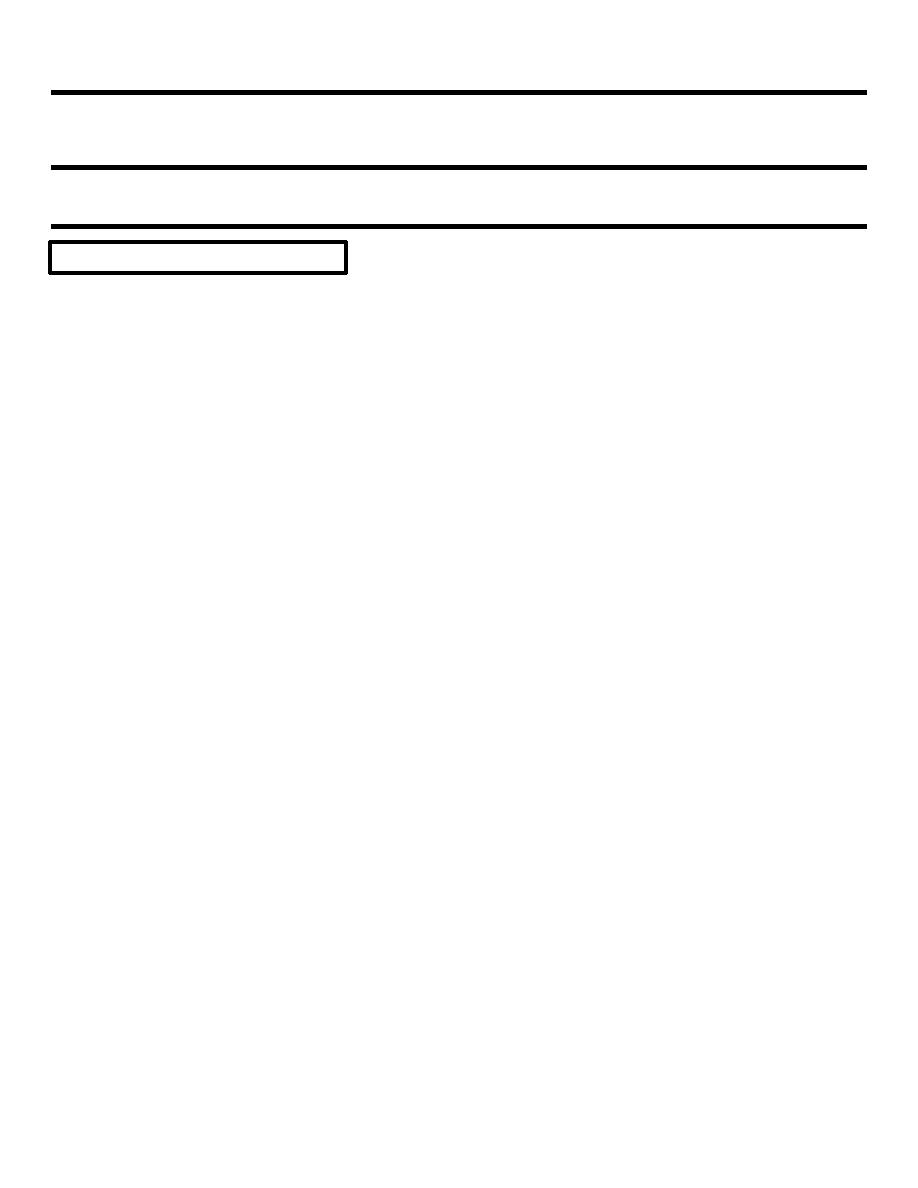
| Tweet |

Custom Search
|
|

|
||
 TM 55-1905-220-14-11
5-69.
ENGINE ASSEMBLY - REMOVAL AND RUN-IN - MAINTENANCE INSTRUCTIONS
(Continued).
LOCATION
ITEM
ACTION
REMARKS
ENGINE RUN-IN INSTRUCTIONS (Cont)
c. The operating temperature within the engine affects
the operating clearances between the various moving
parts of the engine and determines to a degree how
the parts will wear. Normal coolant temperature
(1600 - 185F.) should be maintained throughout the
run-in.
d. The rate of water circulation through the engine on
a dynamometer should be sufficient to avoid having
the engine outlet water temperature more than 10F.
higher than the water inlet temperature. Though a
10rise across an engine is recommended, it has
been found that a 15temperature rise maximum can
be permitted.
e. A thermostat is used in the engine to control the
coolant flow; therefore, be sure it is in place and
fully operative or the engine will overheat during
the run-in. However, if the dynamometer has a water
standpipe with a temperature control regulator, such
as a Taylor valve or equivalent, the engine should
be tested without thermostats.
f.
The Basic Run-In Horsepower Schedule is shown in the
Table. The horsepower shown in the table is at SAE
conditions: dry air density. 0705 lb/cu. ft., air
temperature of 850 F., and 500 ft. elevation.
g. Dynamometer Test and Run-In Procedures.
(1) The Basic Engine.
(a) A basic engine includes only those items
actually required to run the engine. The
addition of any engine driven accessories
will result in a brake horsepower figure
less than the values shown in the Basic.
Engine Run-In Horsepower Schedule. The
following items are included on the basic
engine: blower, fuel pump, fresh-water
pump, and governor.
5-918
|
||
 |
||